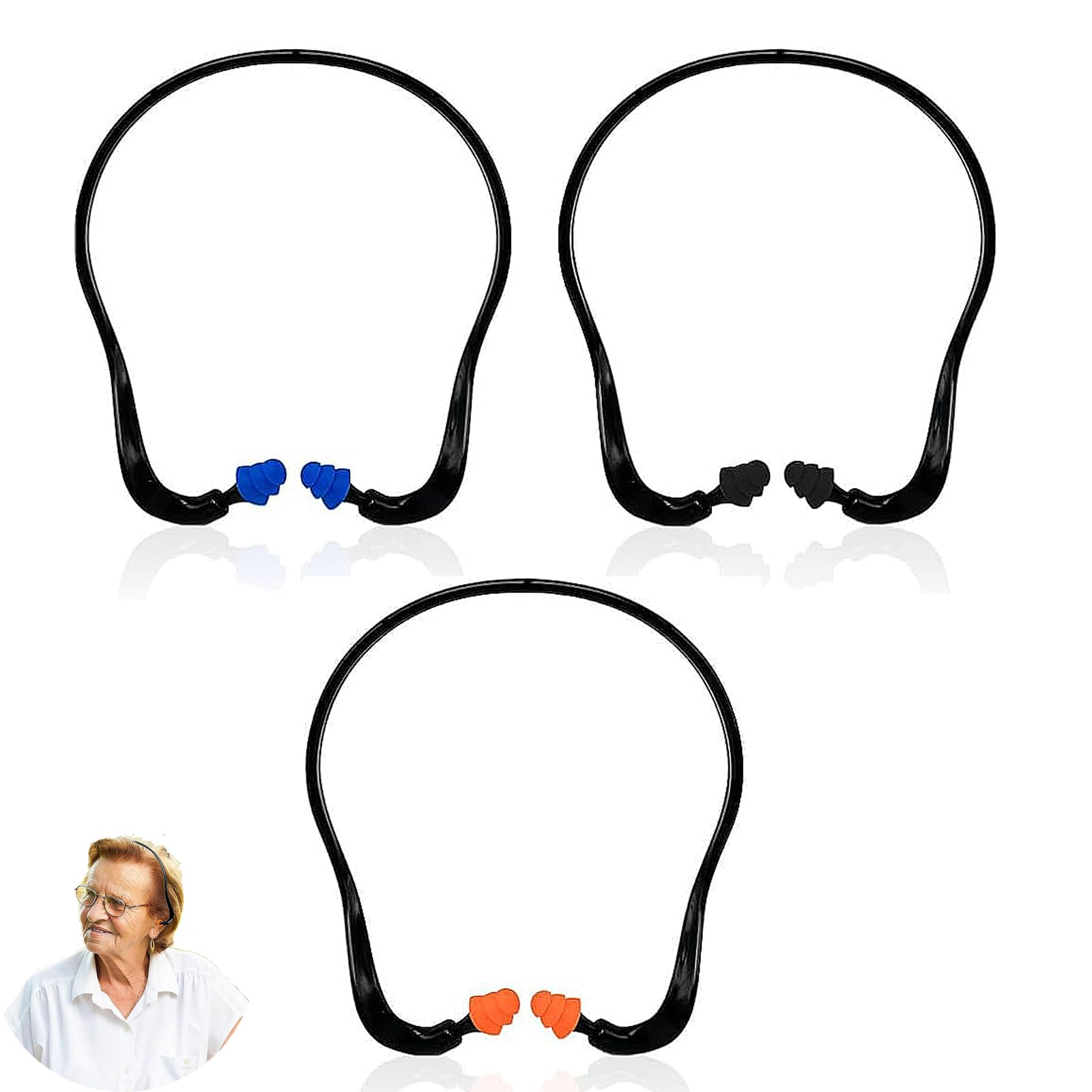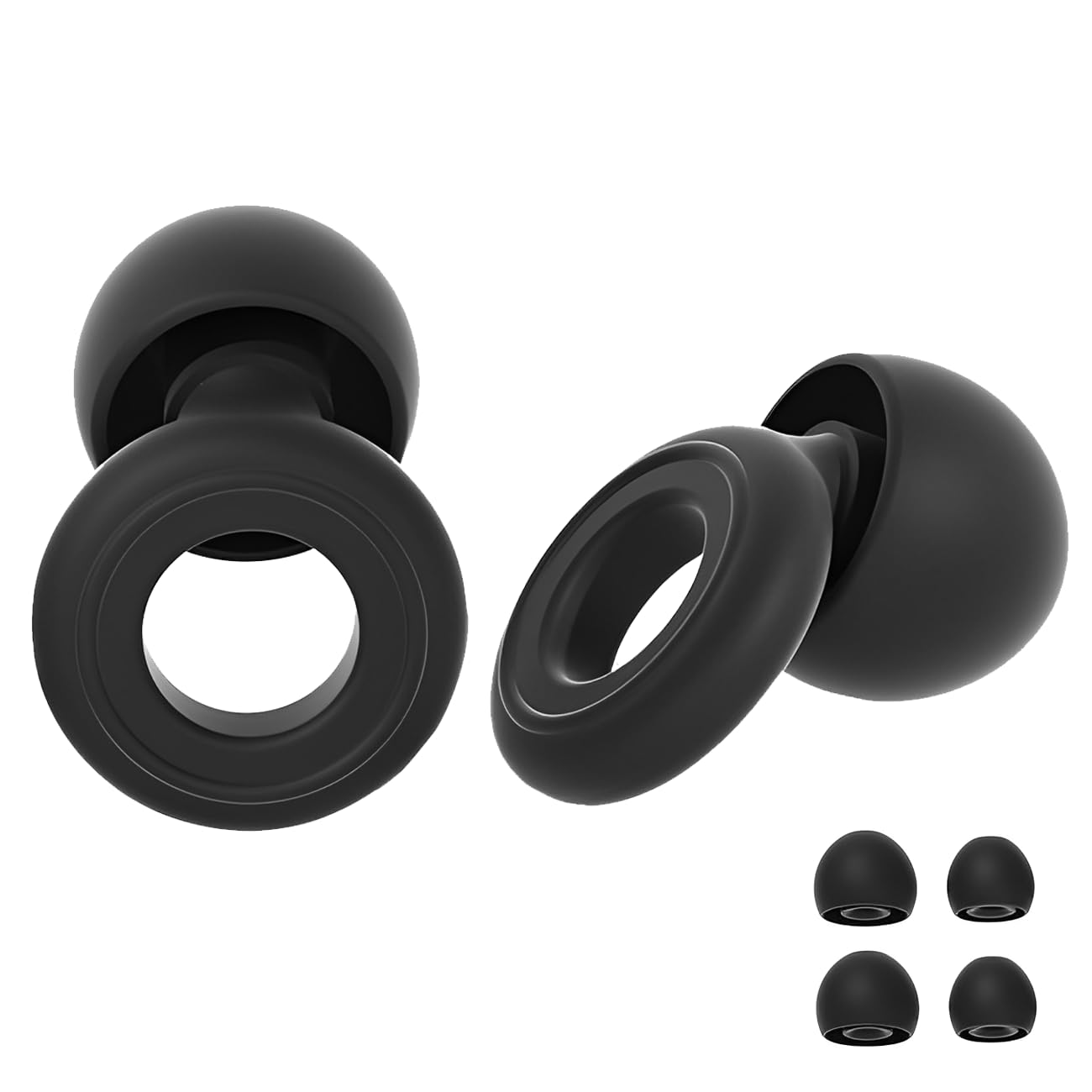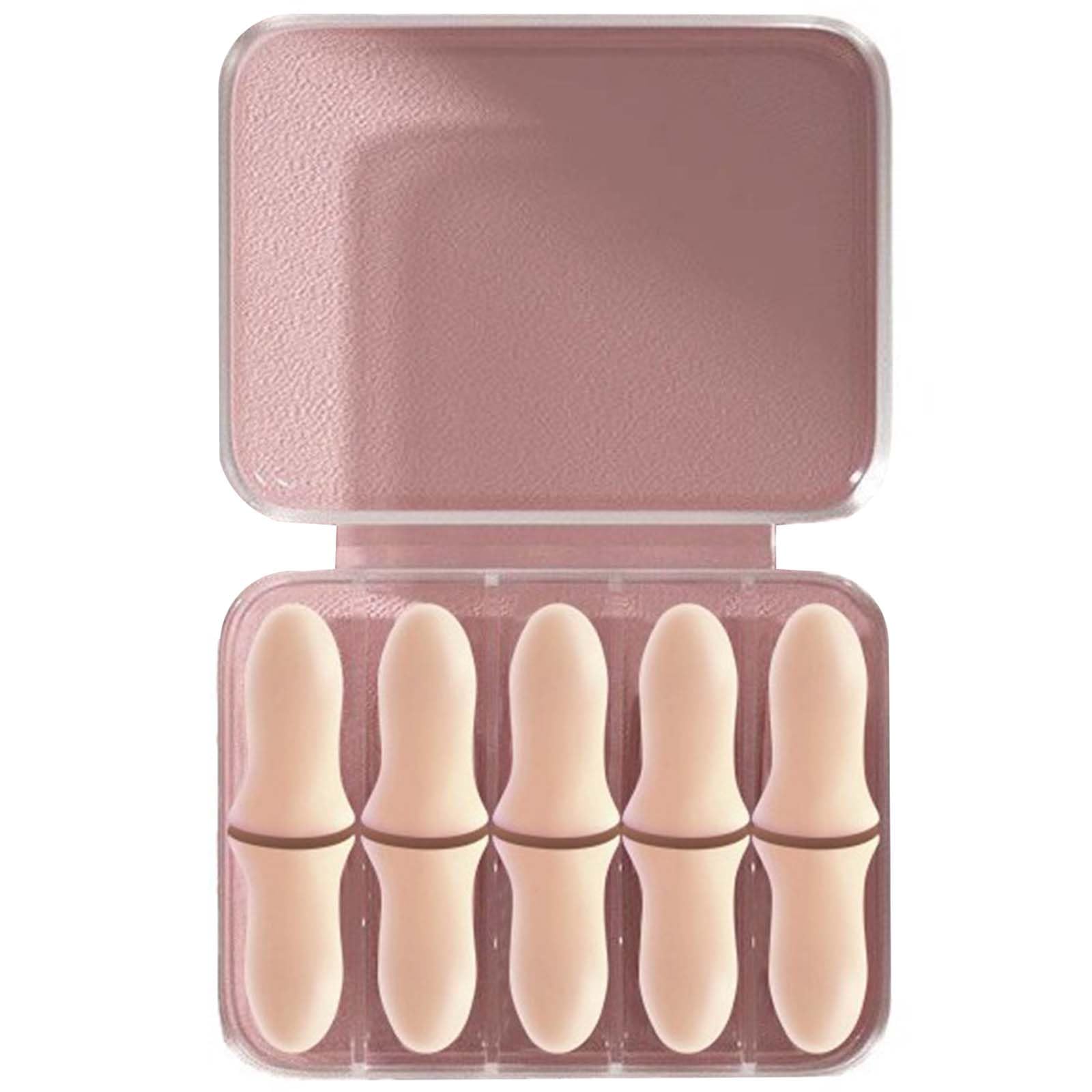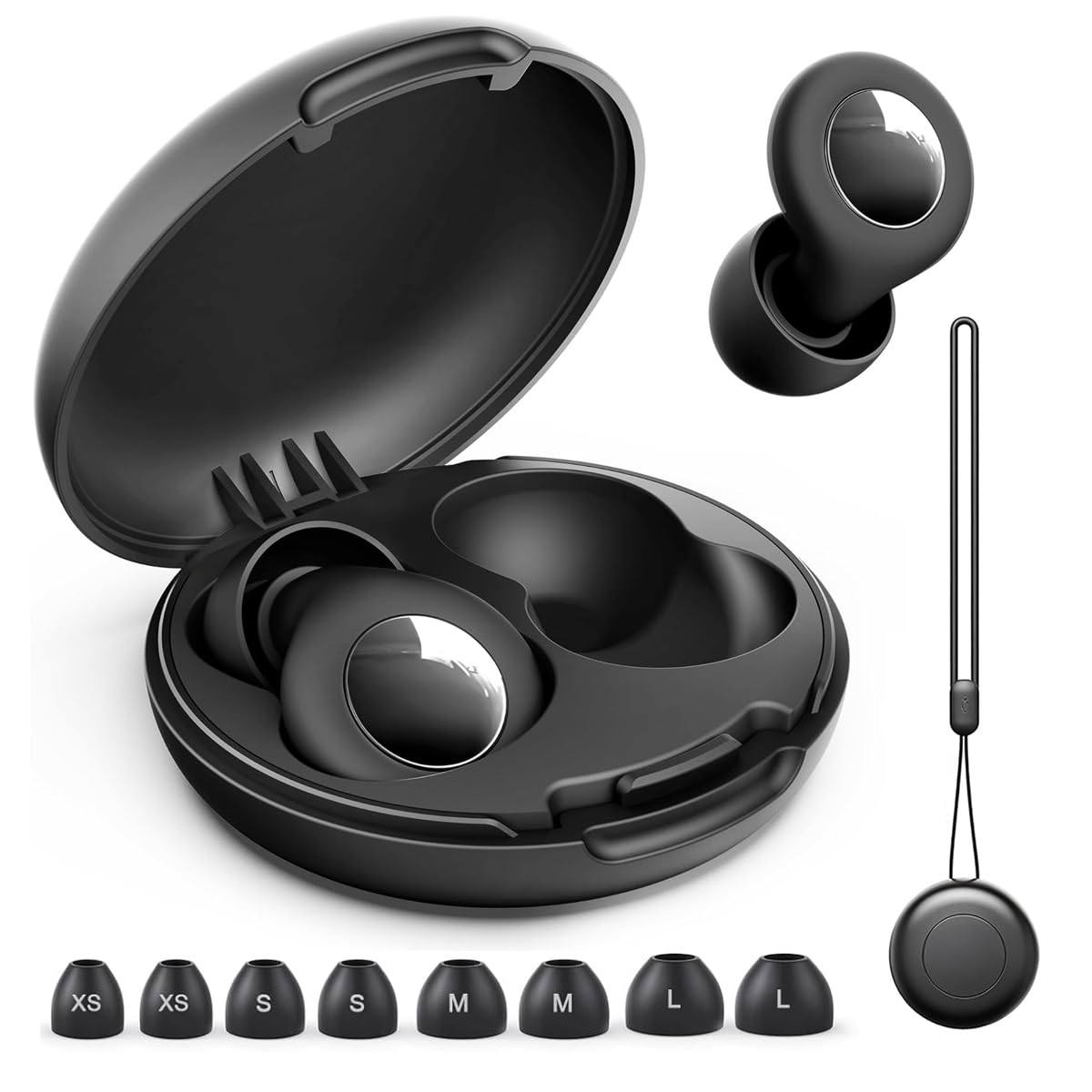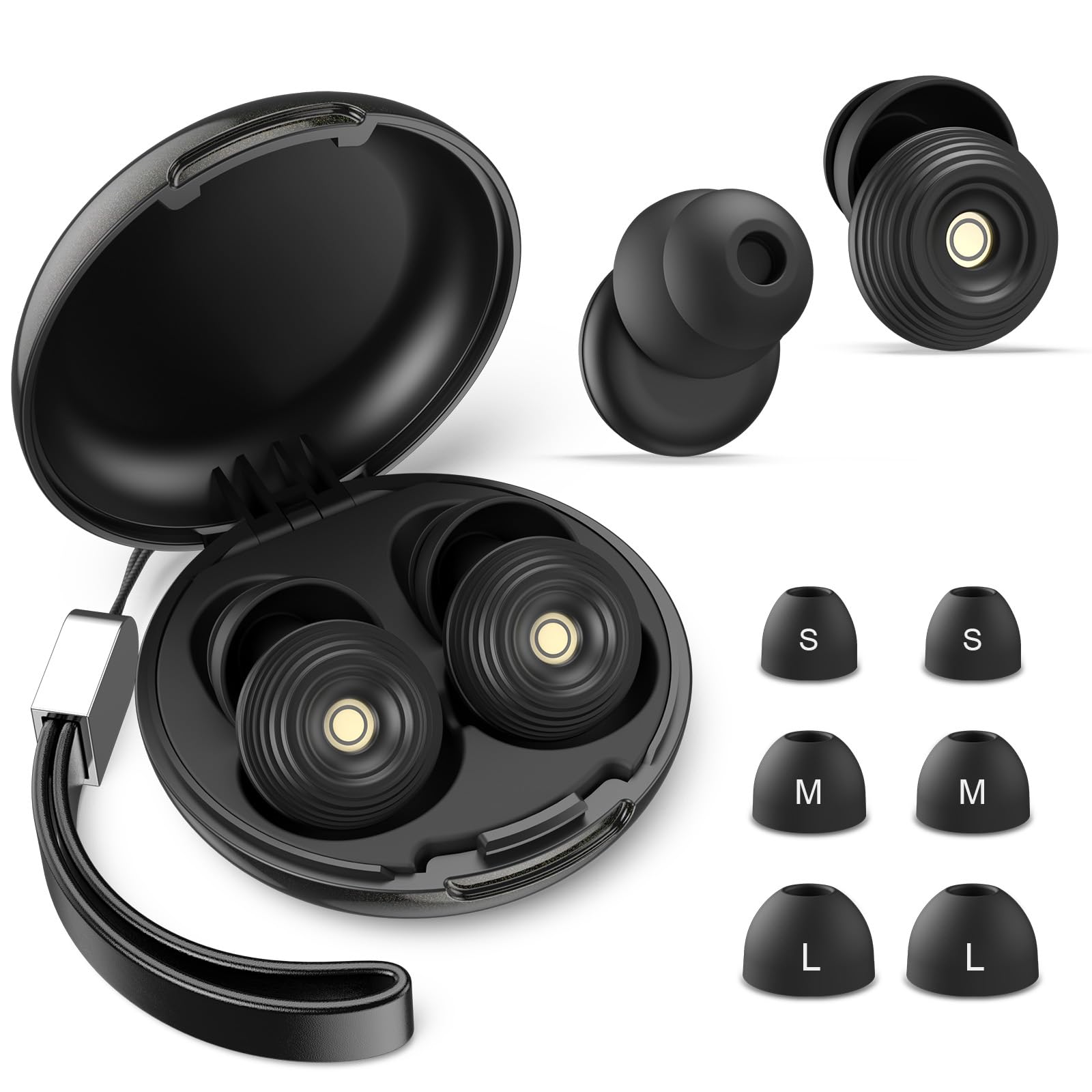Snoring, traffic, and late night bins can turn a quiet bedroom into a noisy one. If you live with a snorer or in a lively street, the right earplugs make a big difference. Most UK buyers see SNR on the box and wonder how high they should go. This guide explains what SNR means in practice, why fit and comfort can matter more than the number alone, and how to pick earplugs that block noise while staying comfortable through the night.
Night noise drops with sleep earplugs that seal comfortably.
What SNR means and how to use it
SNR stands for Single Number Rating. It is a standard way to describe how much sound a hearing protector can reduce under test conditions. A higher SNR means more potential attenuation, yet it does not guarantee better sleep if the plugs do not seal your ears comfortably. For most snoring and urban noise, SNR in the low to mid 20s can be effective when combined with a proper seal. Higher SNR plugs can work well for very loud environments, but they are often thicker or firmer and may feel intrusive for side sleepers.
Foam, silicone, and flanged plugs compared
Foam plugs expand to fill the ear canal. They are affordable, easy to try, and often carry higher SNR ratings. The downside is pressure if you insert them too deeply or if the plug expands against sensitive skin. Reusable flanged plugs sit shallower in the ear and rely on small fins to form a seal. They can be comfortable for people who find foam too aggressive, but they need careful sizing to avoid leaks. Mouldable silicone sits at the entrance to the ear and forms a soft cap. Because it does not go deep, it can be very comfortable for side sleepers, though SNR numbers may be lower on paper. In real use, many people sleep better with a comfortable shallow seal than with a high rated plug that aches after two hours.
Side sleeper comfort and ear pressure
Side sleepers often struggle with plugs that protrude. If you wake with sore ears, try shorter foam plugs or trim the length slightly so they sit flush with your ear. Mouldable silicone can be pressed into a flatter shape that stays put without digging in. Some flange designs have a very low profile and a soft stem, which makes them easier on the pillow. Combine the right plug with a softer pillow edge or a small cut out area, and you reduce pressure points that wake you up.
Seal and fit matter more than headline SNR
A plug with a lower SNR can outperform a higher rated competitor if it forms a better seal in your ear. Ear canals vary. Try a few types and sizes, then stick with the one that seals without constant adjustment. You should feel a gentle hush when the plug seats correctly. If you hear your own breathing loudly, the seal is probably firm enough. If voices and taps still cut through easily, the plug may be too small or not seated well. Practice helps. Roll foam tightly and insert while still rolled. For flanged designs, twist as you insert so fins seat smoothly.
Masking snoring vs blocking it
Snoring sits in a range of frequencies and varies during the night. Earplugs block and dampen, yet a little low frequency rumble can still travel through bone and pillow. A simple white noise track or a bedside fan can help fill the quiet moments so variations in snore volume do not wake you. That does not replace earplugs, but the two together can feel more consistent than either alone, especially if the snorer’s volume changes through the night.
Hygiene and replacement
Foam plugs are disposable. Replace them every few nights or sooner if they lose spring. Reusable silicone and flanged plugs need regular cleaning. Wash silicone with mild soap and water, then air dry. Rinse flanged plugs and check that the fins are intact. If you are prone to ear irritation, clean more often and keep your ears dry before inserting. Fresh, clean plugs maintain their seal more reliably than worn ones.
Realistic expectations and sleep quality
The goal is not total silence. It is fewer wake ups and quicker returns to sleep when noise happens. Combine earplugs with a calm pre bed routine, a comfortable mattress and pillow setup, and sensible bedroom humidity so the environment supports continuous sleep. If plugs help you drift off but you wake when you roll onto your side, switch style to reduce pressure. Small changes in fit and pillow choice can turn an almost good solution into a reliable one.
Comfortable low‑profile options and higher‑attenuation picks are grouped in sleep earplugs that suit side sleepers and shared rooms.
FAQs
What SNR should I choose for snoring?
Start with SNR in the low to mid 20s and focus on a plug that seals comfortably. If snoring is very loud, try a higher SNR, but do not sacrifice fit. A lower rated plug that seals well often performs better in real rooms.
Are silicone earplugs good for side sleepers?
Yes. Mouldable silicone sits at the entrance of the ear and can be flattened so it does not press into the pillow. Many side sleepers find this style more comfortable for long nights.
How often should I replace foam earplugs?
Replace them every few nights or sooner if they stop expanding well or feel less clean. Frequent replacement maintains both hygiene and noise reduction.
